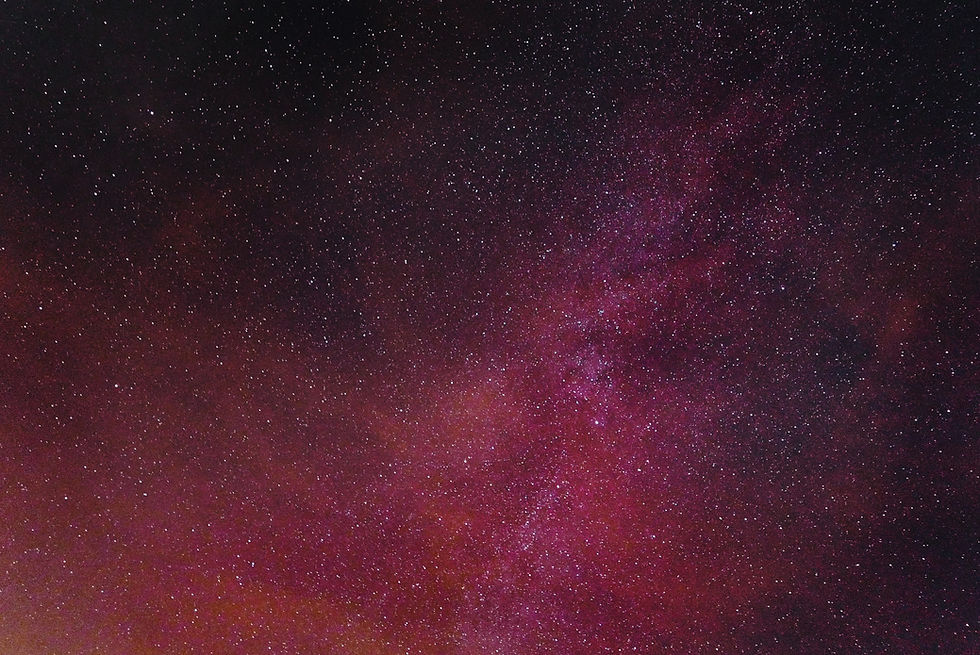From Scroll Fatigue to Creative Flow: Tackling Social Media Overload as an Artist
- Jennifer Boyer
- Feb 13
- 3 min read
Social media has become an essential tool for artists to showcase their work, connect with fans, and grow their careers. However, the constant pressure to post, engage, and stay relevant can lead to a phenomenon many creatives are all too familiar with: scroll fatigue. When time spent online starts to feel draining instead of inspiring, it can rob artists of their most valuable resource—creative energy.
How can artists strike a balance between maintaining a digital presence and protecting their creative flow? Let’s explore strategies to tackle social media overload and reclaim your artistic vitality.
Disclaimer: I am not a therapist. Any current or future blog posts on CreatingWithImpact.com are a reflection of personal experience and research only.
For more insights and discussions on topics like this, listen to the Creating With Impact podcast here.
The Social Media Dilemma for Artists
For artists, social media is both a blessing and a curse. On one hand, platforms like Instagram, TikTok, and Twitter offer unparalleled opportunities to reach audiences and build communities. On the other hand, the constant barrage of content, metrics, and algorithms can feel overwhelming.
Common challenges include:
Comparison Traps: Seeing the highlight reels of other artists can lead to feelings of inadequacy.
Content Pressure: The demand to consistently produce engaging posts can drain creative energy.
Distraction Overload: Endless scrolling can eat into valuable time for creating art.
Algorithm Anxiety: Changes in visibility and engagement metrics can leave artists feeling powerless.
Signs You’re Experiencing Scroll Fatigue
Scroll fatigue manifests in various ways, including:
Creative Block: Struggling to find inspiration or focus on your art.
Emotional Exhaustion: Feeling drained or anxious after spending time online.
Time Management Issues: Losing hours to scrolling instead of working on creative projects.
Decreased Motivation: Viewing social media as a chore rather than a tool.
Strategies to Combat Social Media Overload
1. Set Boundaries for Screen Time
Establish limits to prevent social media from dominating your day:
Use app timers to restrict daily usage.
Schedule specific times for checking and posting, such as morning or evening.
Take regular breaks from social media, whether for a day, a weekend, or longer.
2. Curate Your Feed for Inspiration
Transform your feed into a source of creativity rather than comparison:
Unfollow accounts that trigger self-doubt or negativity.
Follow artists, creators, and communities that inspire and uplift you.
Organize your feed using tools like lists or hashtags to focus on specific interests.
3. Prioritize Authenticity Over Perfection
Shift your mindset from chasing likes to sharing meaningful content:
Post work-in-progress shots or behind-the-scenes glimpses to connect with your audience.
Share your creative journey honestly, including struggles and successes.
Focus on building genuine relationships with your followers rather than obsessing over metrics.
4. Leverage Social Media Tools Strategically
Streamline your social media management to save time and energy:
Use scheduling apps to batch-create and post content in advance.
Analyze insights to identify the most effective times and types of posts for your audience.
Automate repetitive tasks, such as responding to FAQs with templates or bots.
5. Rediscover Offline Inspiration
Reclaim your creative flow by stepping away from screens:
Dedicate time each day to creating art without digital interruptions.
Seek inspiration in nature, books, music, or in-person interactions.
Practice mindfulness techniques, such as journaling or meditation, to clear your mind.
The Benefits of a Balanced Approach
When you manage social media intentionally, you can transform it from a source of stress into a powerful tool for your creative journey. Benefits include:
Renewed Creativity: With less time spent scrolling, you’ll have more energy for your art.
Improved Mental Health: Setting boundaries reduces anxiety and fosters a sense of control.
Stronger Connections: Authentic engagement builds deeper relationships with your audience.
Sustainable Growth: A balanced approach ensures you can maintain your online presence without burnout.
Social media is a double-edged sword for artists, but with the right strategies, you can wield it effectively without losing your creative flow. By setting boundaries, curating your feed, and prioritizing authenticity, you can protect your mental health and focus on what matters most—creating art that resonates with you and your audience.
Let’s embrace a healthier relationship with social media, one that empowers us to share our work with the world while staying true to our artistic selves.
For more insights and discussions on topics like this, listen to the Creating With Impact podcast here.



Comments